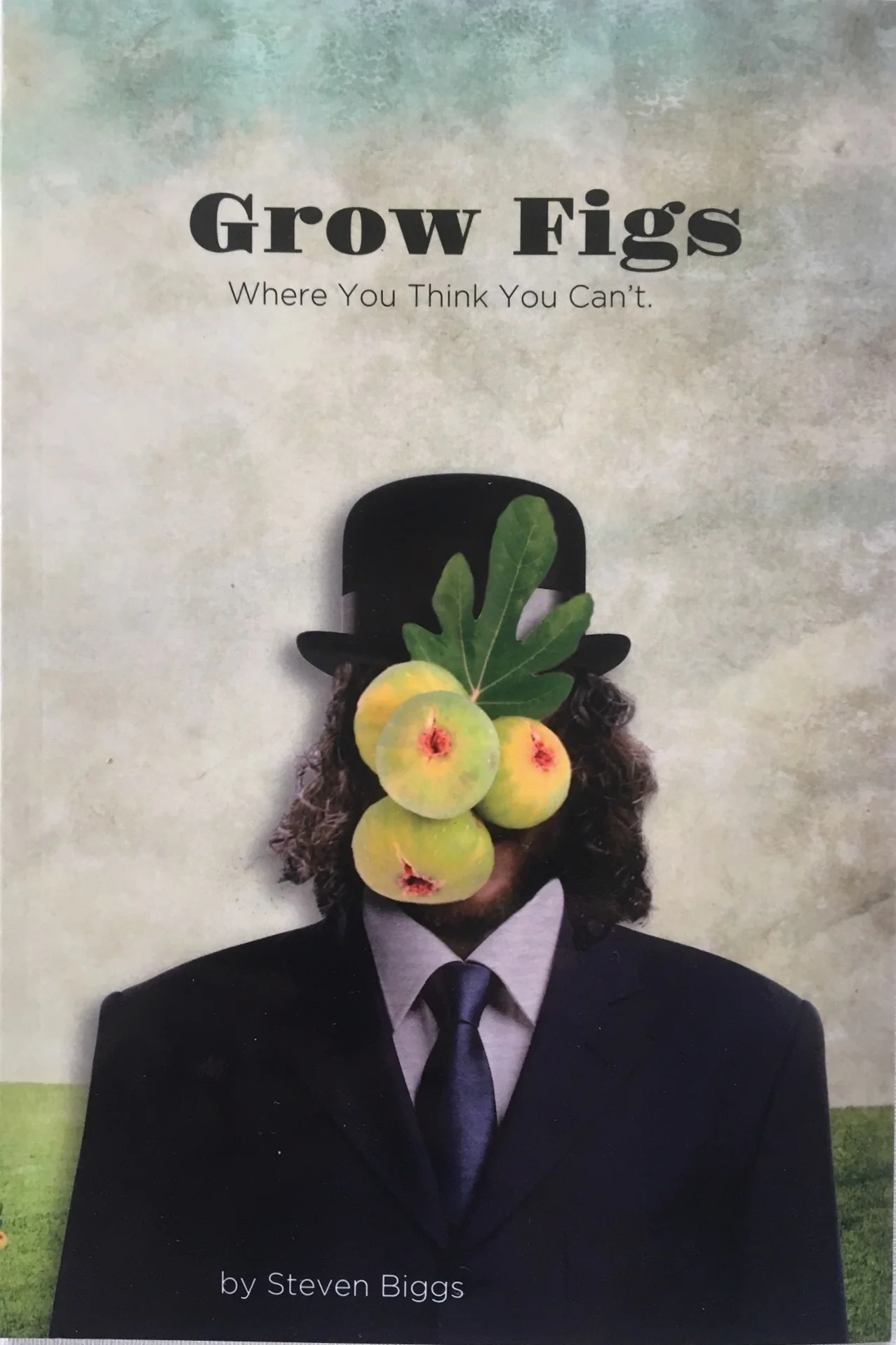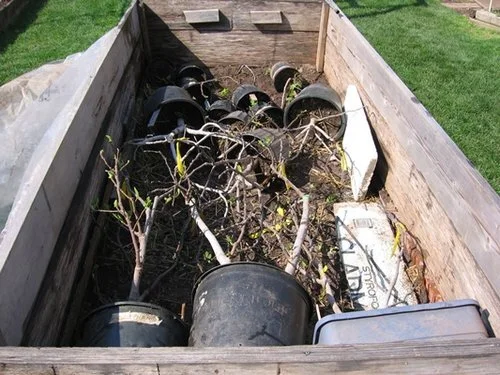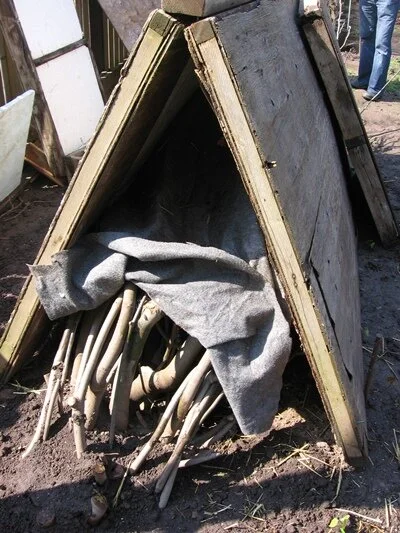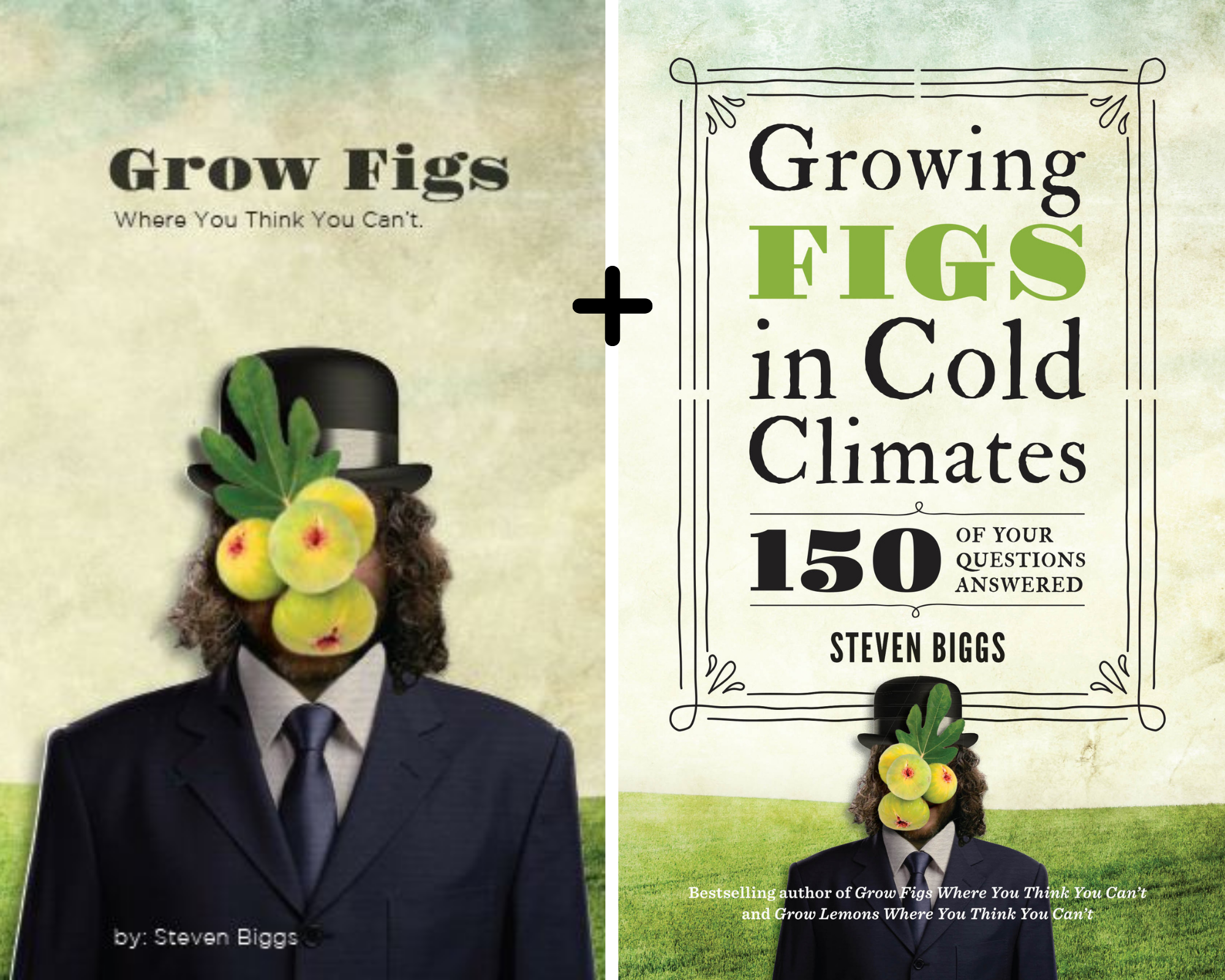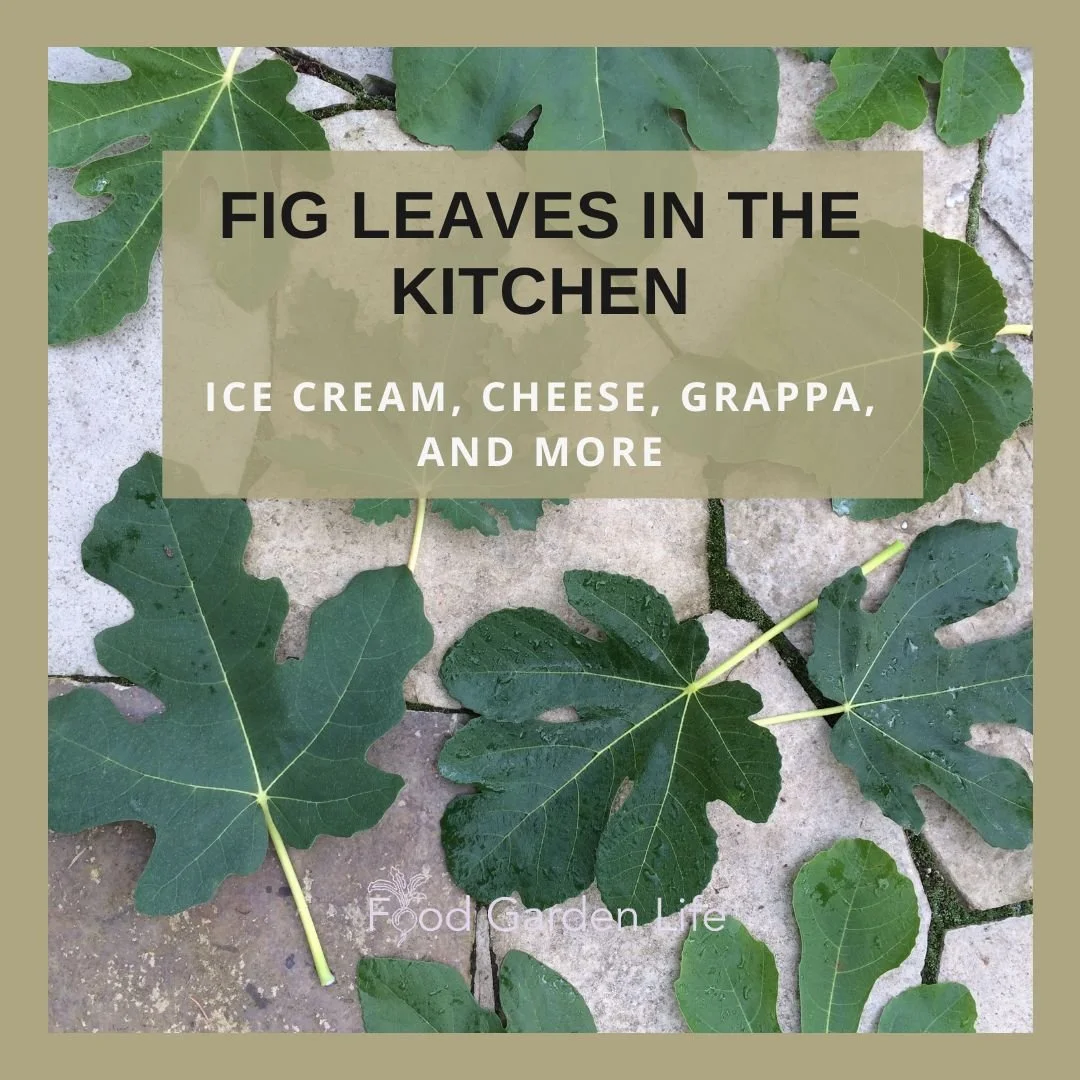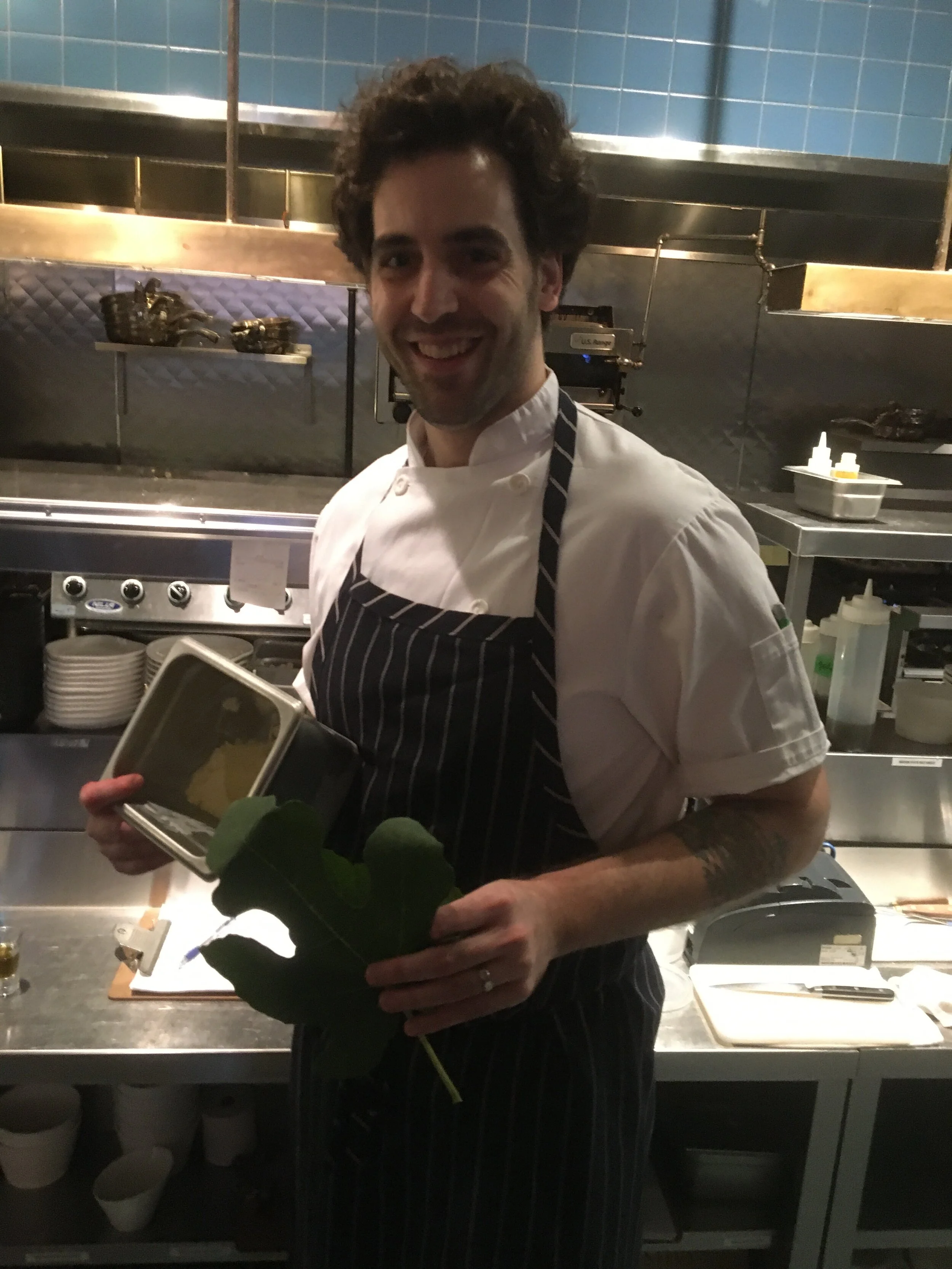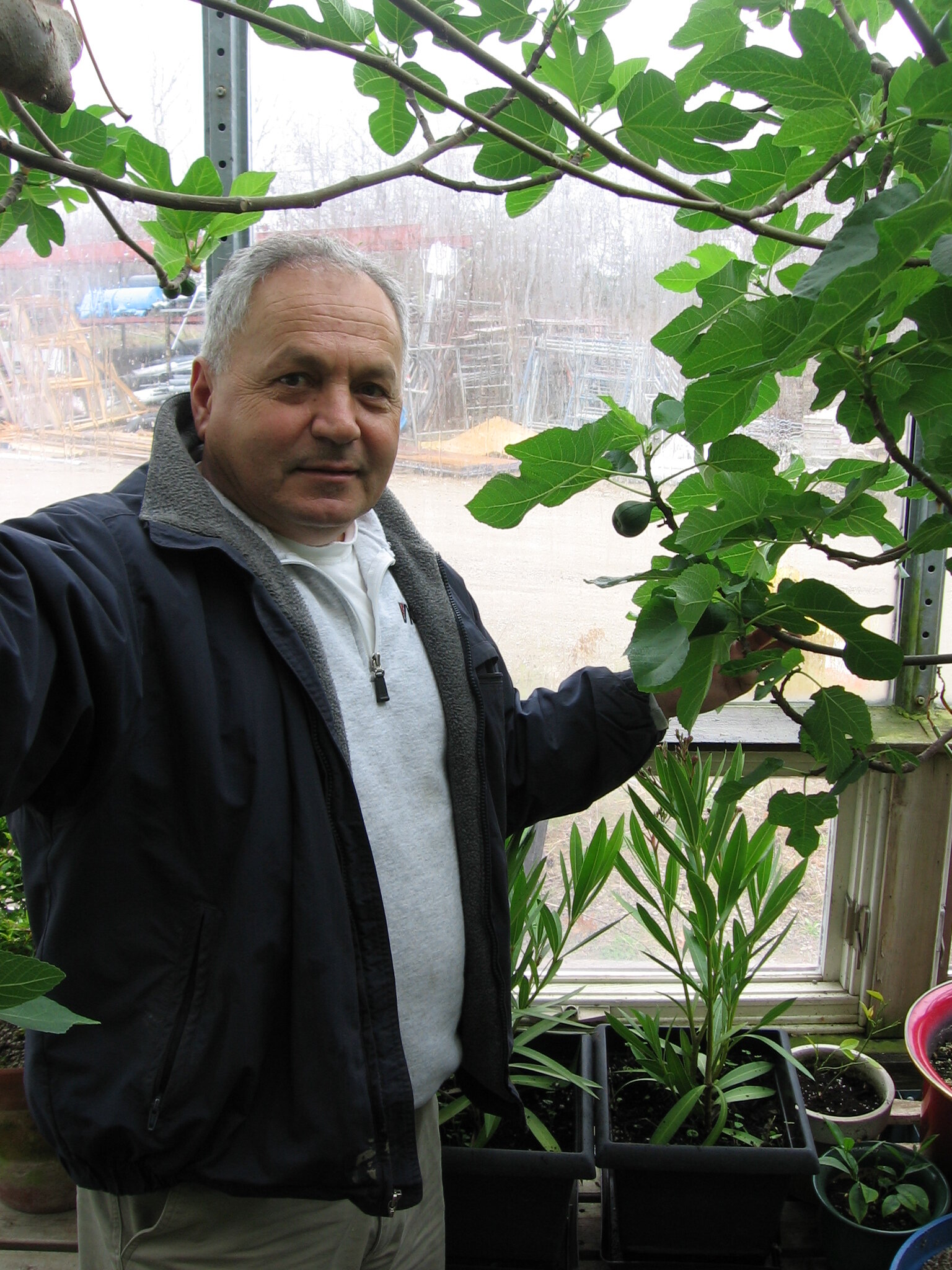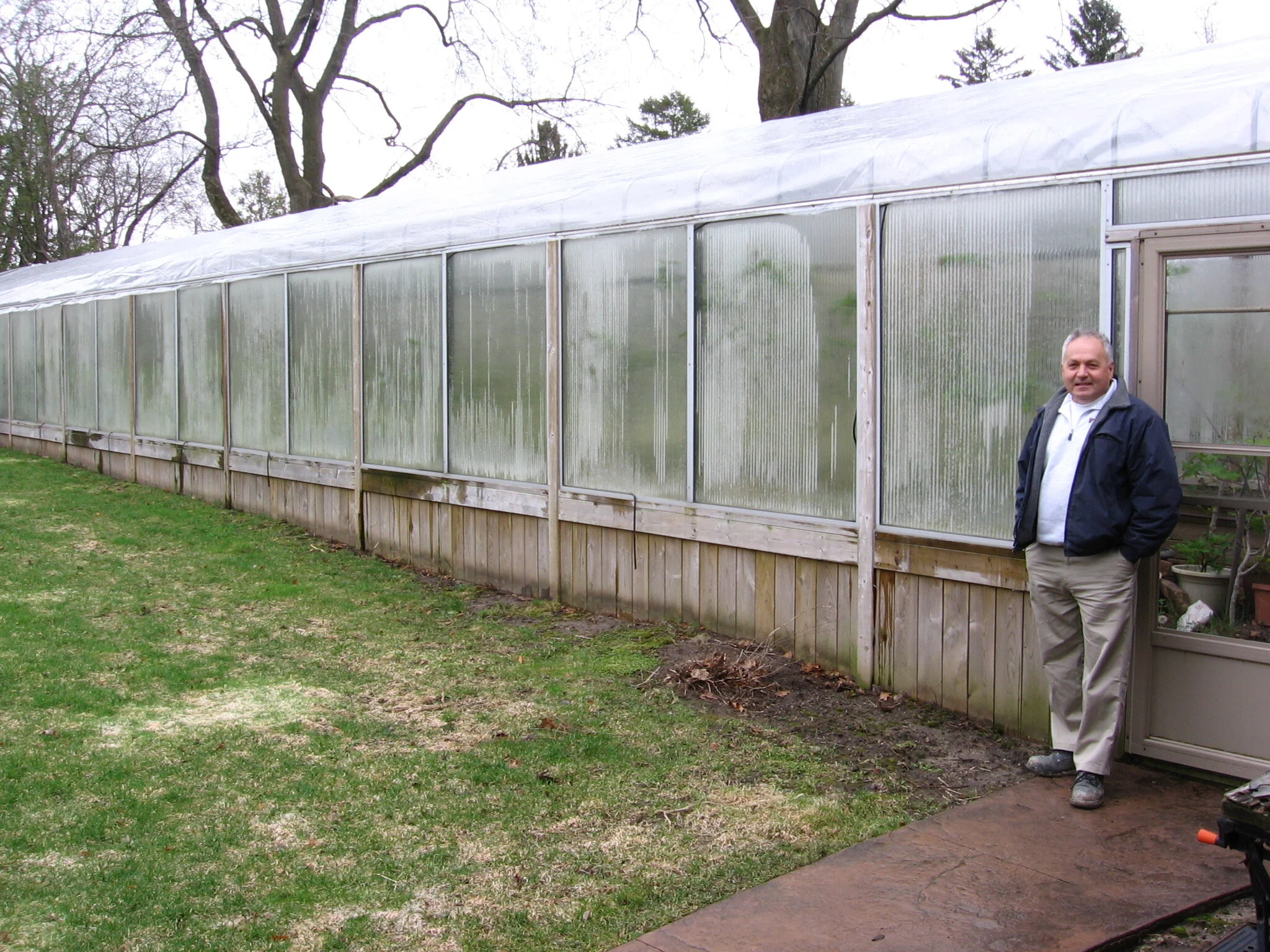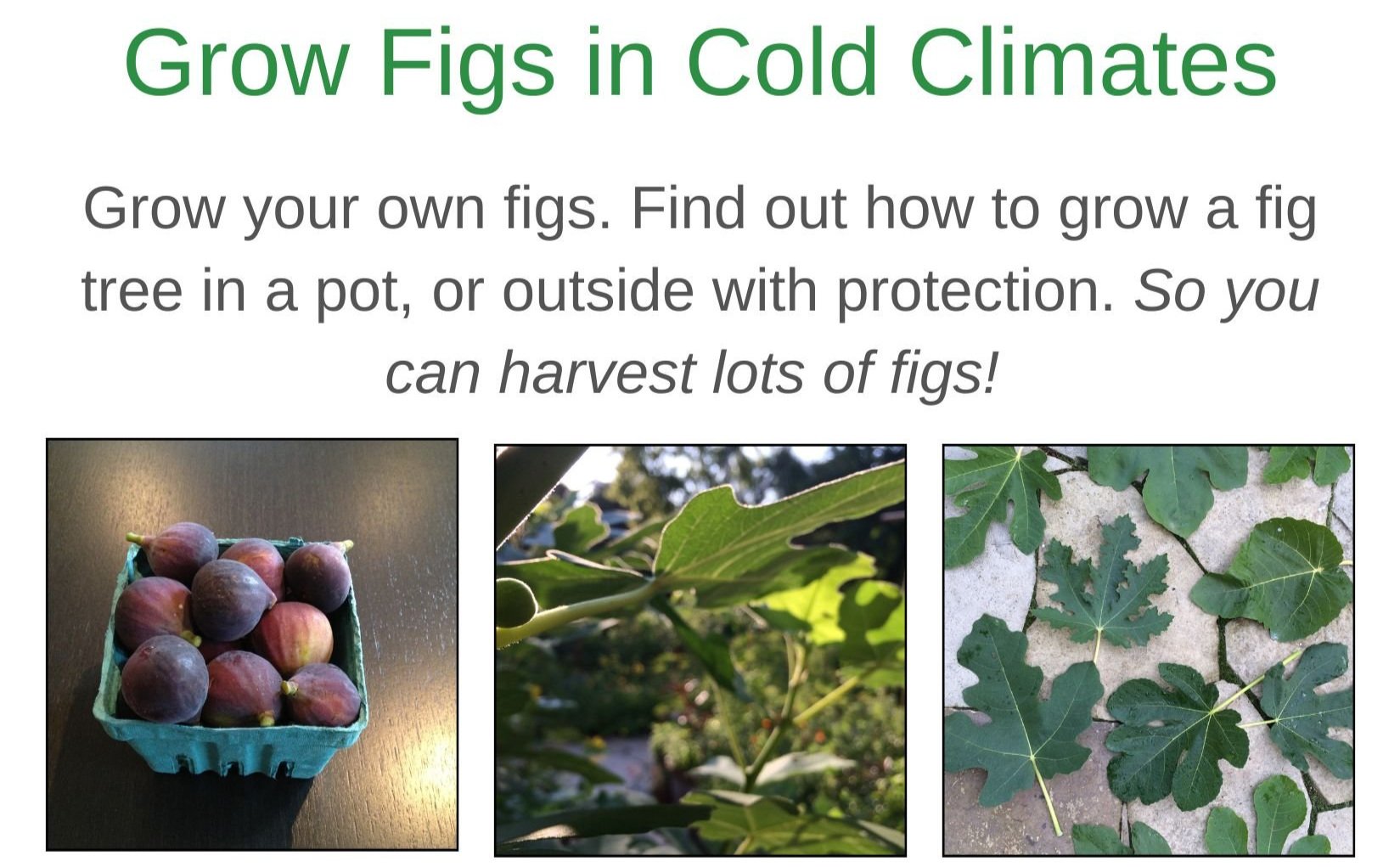By Steven Biggs
In 2009, I wrote an article for Edible Toronto magazine feature two “fig fetishists” here in Southern Ontario. Below is part one, about Adriano Ferreira, a fig expert in Oakville, Ontario.
Adriano Ferreira on Growing Figs in Cold Climates
WHEN I’M ABLE TO BLURT OUT only a hesitant good afternoon, Adriano Ferreira pats me on the shoulder and graciously explains that the correct phrase is “bom dia,” which means good morning. With a mere half dozen Portuguese words in my vocabulary, I’m far from fluent, but have eagerly scanned my phrasebook before this visit because Ferreira had told me he will only share his most important secrets if I speak to him in Portuguese.
Although we’re in a Toronto suburb, you’d hardly know it in this manicured backyard filled with fig trees, plum trees, hardy kiwis, and grape vines. Ferreira points out a recent addition—a peach tree to which he has grafted a variety that bears doughnut-shaped fruit. Then, pointing to a fig tree in the ground with a trunk the diameter of a coffee mug, he says, “Anybody who has a house can have a big plant like that.” And the secrets to doing so are exactly what I’m here to learn.
Adriano Ferreira
It’s figs that occupy most of Ferreira’s yard—and his heart. “Once you grow them, they’re the only fruit you’ll want to grow,” he exclaims.
While he jokes about guarding his fig-growing secrets, he is very generous with his time, taking a couple of hours to coach me through growing, overwintering, pruning, propagating, and ripening figs. It’s clearly a passion, and his enthusiasm shines through when he points out the techniques he’s developed to overwinter and coax fruit from his trees here in Ontario, Canada.
It Started in Massachusetts
Now retired, Ferreira started growing figs about thirty years ago while working in real estate. Reading a gardening magazine, he stumbled across the name of a fig-tree nursery in Massachusetts and noted that it was close to where his brother lived.
So on his next visit out there, he contacted the nursery owner who, it turns out, grew up near Ferreira in a neighbouring town in the Azores. They struck up a friendship that helped kickstart Ferreira’s fig tree collection.
A Rather Big Collection
Today, Ferreira’s collection takes up a good part of his yard where, along with well known varieties from fig-growing regions in California, Portugal, Spain, France and Italy, he has varieties from places such as the Canary Islands, Majorca, Austria, the former Yugoslavia, Iraq and Iran. He has two hundred varieties, which he claims is one of the largest private collections in the world—and the largest in Canada.
A recent addition is a tree that came up from seed in his garden around the time his granddaughter was born; he named it after her, calling it Angelika.
Ferreira fields enquiries from fig enthusiasts worldwide, both private collectors and researchers. A collector from Thailand recently paid him a visit. On another occasion, a foreign collector called just to make sure he really existed, surprised that such an avid fig collector—and fig trees—existed in Canada. But Ferreira is for real; he knows this fruit and his collection intimately, pointing to a particular tree and then describing its growth habit and fruiting characteristics.
Find Out How to Grow Your Own Figs
Harvest more figs this year! Grow Figs in Cold Climates Masterclass shows you how to grow a fig tree in a pot, or outside with protection. So you can harvest lots of figs!
Why Figs?
Someone who has tasted only dried figs or store-bought imported “fresh” figs might not understand the fascination with this fruit. Store-bought figs are never truly ripe because a fig picked too early never ripens to perfection, remaining corky in comparison to its tree-ripened cousin. When properly ripened, the neck of the fruit becomes limp and the body droops. Then a glistening drop of nectar escapes from the eye. This is the only time to pick it. By now, the fruit is dead ripe and far too fragile to withstand shipping.
There are light- and dark-fleshed varieties, and light- and dark-skinned ones, too. Ferreira’s website offers vivid descriptions such as lemon-yellow skin, melting in your mouth, strawberry flavour, and honey surrounding the pulp. When I wonder about the taste difference between varieties, he likens it to wine. An uninitiated palate might not perceive subtle taste nuances, but a connoisseur will.
“That’s a hard one,” he says, pausing when I ask about his favourite. He especially likes a variety called Desert King because its first crop ripens earlier than most varieties. But there are others he favours because of their flavour.
Growing Figs in Ontario, Canada
Adriano Ferreira overwinters potted fig trees in a wooden box.
Adriano Ferreira overwinters potted fig trees in a wooden box.
In warmer climates, figs grow to be large, branching trees. Small, specialized pollinators—fig wasps—look after pollination in fig-growing regions. But there are some varieties that requiring no wasps to produce figs.
There are two crops per season, one formed on the previous year’s growth, ripening in mid-summer, and one formed on the current season’s growth, ripening in September and October. The key to getting both crops is extending our relatively short season at both ends, and protecting trees from frost. “I’m always prepared,” says Ferreira as he points to the plastic he keeps ready to cover plants if there’s a late or early frost.
Ferreira explains the good news: you don’t need a greenhouse to grow figs here.
Many people with family ties to fig-growing regions keep potted trees that they bury outdoors or overwinter indoors. Instead of burying them, Ferreira bends over his in-ground trees and then covers them with an insulated A-frame, which offers sufficient protection from the cold. But most of his plants are in pots. These he lays on their sides within a wooden box that he covers with insulation, moderating the temperature sufficiently that they survive. On my visit in early May, they were beginning to leaf out.
Trees defoliate and go dormant with the first frost, he explains. In that dormant state, they can also be stored in a cool, dark basement. The key, he says, is to provide that dormant period. “They have to sleep,” he cautions; otherwise, they might not fruit.
Ferreira’s Secrets
Ferreira bends over in-ground trees and then covers them with an insulated A-frame, which offers sufficient protection from the cold.
Ferreira bends over in-ground trees and then covers them with an insulated A-frame, which offers sufficient protection from the cold.
The real secret to coaxing the fruit to ripen in our climate is to gain a few days of ripening time.
Ferreira shows me a couple of trees over which he’s draped clear plastic bags. This creates a warm micro-climate around the tree, helping it to come out of dormancy more quickly. Once the current year’s growth is underway and figs are forming, another trick is to break off the tip of the branch, leaving four leaves on the current year’s growth.
What’s Ferreira’s big secret? Extra virgin olive oil. In the first week of September, he looks for figs that don’t seem as if they will ripen before winter, and puts a drop of extra virgin olive oil on the eye. After six or seven days, he repeats the step. While this doesn’t work on all of the fruit, he says, it helps some to ripen.
When I ask how big the collection will grow, Ferreira says, “I think I’m gonna stop,” saying he can only fit so many plants into a suburban yard. But then we visit his potting shed where he shows me a new method he’s developed to root cuttings from other collectors, and he shows me how he grafts hard-to-root varieties. I'm not certain I believe he will ever stop.
Before I leave, Ferreira introduces me to his neighbour Domenic, who has an immaculate vegetable garden and fig trees in his greenhouse. Grinning, he motions to Ferreira to look at his well developed fig trees. The secret, Domenic says, is that he sings to his figs in Italian. Ferreira laughs and responds that he sings to his figs in Portuguese.
More on Growing Figs
Fig Articles and Interviews
Fig Masterclass
Find Out How to Grow Your Own Figs
Harvest more figs this year! Grow Figs in Cold Climates Masterclass shows you how to grow a fig tree in a pot, or outside with protection. So you can harvest lots of figs!




